This 3D Model of R2-D2 Droid from Star Wars consists of files in StereoLithography (.Stl) format that is optimized for 3D printing.
Before printing the files, we strongly recommend reading the PRINTING DETAILS section.
WHAT WILL YOU GET AFTER PURCHASE?
- 4 versions of R2-D2 STL files for FFF/FDM and DLP/SLA/SLS - files for both versions are available for download after the purchase
- STL files of high-poly R2-D2 Droid 3D Model for 3D printing consist of 220 parts
- Sizes:
- FFF/FDM: 276 mm tall, 302 mm wide, 302 mm deep
- DLP/SLA/SLS: 138 mm tall, 151 mm wide, 151 mm deep
- Assembly Manual for FFF/FDM 2.0 and DLP/SLA/SLS 2.0 versions in PDF format
- Detailed settings that we provide as a recommendation for Cura, Simplify3D and Slic3r for the best print- Full technical support from the Gambody Support Team
Detailed information about this 3D printing model is available in the DESCRIPTION section.
ABOUT THIS 3D MODEL
R2-D2 is a resourceful astromech droid from the royal house of Naboo, a mobile Swiss Army knife who is always ready to rush into danger to save the Galaxy. R2 has always boasted a rich arsenal of various gadgets, sensors and utility arms that help him be a superior spacecraft mechanic and an excellent specialist in interaction with computers. The brave and adventurous R2-D2 seems to always know what tool to pull out to save the day and change the course of the Galaxy’s history!
Due to the fact that R2’s memory was never fully erased, nor did he ever receive new programming, the silver blue domed droid often takes the initiative and shows his independent attitude in pivotal situation. These qualities are easily the reason why R2-D2 is so well-liked by Star Wars fans of all ages! Thanks to the efforts of our contributing 3D artist, the incredible astromech droid for 3D printing with a ton of cool gadgets and features joins his best friend C-3PO in our stunning SW collection!
ADAPTATION FOR 3D PRINTING (FFF/FDM 2.0, DLP/SLA/SLS 2.0)
R2-D2 for 3D printing is a active assembly model and its updating and adaptation for different types of 3D printers took Gambody team 55 hours in total. Due to the fact that this model was first released on Gambody back in 2017, for all Star Wars fans to print the best astromech droid possible, the model was upgraded from the ground up, cut into assembly parts anew, and adapted for different types of 3D printers taking into account the present-day technology advancements.
What is more, when preparing the model's update its level of exterior detail and accuracy were significantly enhanced. Also, for you to receive the cleanest 3D printed result possible and to minimize the amount of filament needed for generated support the R2-D2 model was divided into many assembly parts, e.g. its domed head, acoustic signalers, various gadgets, feet, powerbus cables, radar eye, etc. are provided as separate STL files.
All assembly parts are provided in STL files in recommended positions that were worked out in order to ensure the smoothness of the details’ surfaces after printing and that the 3D printing beginners won't face difficulties when placing the parts on a build plate. When downloading any model's file you will also receive "Assembly Manual" for FFF/FDM 2.0 and DLP/SLA/SLS 2.0 versions in PDF format.
The model is saved in STL files, a format supported by most 3D printers. All STL files for 3D printing have been checked in Netfabb and no errors were shown.
The model's scale was calculated from the actual height of R2-D2 Droid that is 1090 mm. The 3D printing model's chosen scale is 1:4 for the FFF/FDM version and 1:8 for the DLP/SLA/SLS version.
VERSIONS' SPECIFICATIONS
FFF/FDM 2.0 version features:
- Contains 98 parts;
- A printed model is 276 mm tall, 302 mm wide, 302 mm deep;
- The updated version of the model with a significantly enhanced level of exterior detail and authenticity, new articulated elements, fully updated cutting, and new scale;
- R2-D2's head rotates via a ratchet mechanism;
- Assemble droid’s domed head with closed tool compartments (there are five covers) or install the extendible sensors - there is a periscope, life form scanner, and hidden lightsaber compartment with ejector;
- Covers on both sides of droid’s head open to install computer interface arms. There are two computer interface arm variants - active and static;
- Spacecraft linkage and control arms open to reveal highly detailed panels;
- There are opening tool compartment covers on the droid's body where you can install the panels to mount corresponding tools;
- All droid's tools are articulated and most tools can be extended via the telescoping inner tube (except for circular saw and front utility arm);
- R2-D2's two “shoulders” are articulated via a ratchet mechanism;
- Droid’s all-terrain treads are articulated and equipped with active wheels;
- Center all-terrain tread retracts with the help of a special mechanism;
- Separate leg parts available for printing in canonical colors using multicolor (AMS) technology
- The Droid’s "eyes" (holographic projector, primary photo receptor and radar eye, processor state indicator, logic function displays) are provided as separate assembly parts and can be printed with transparent filament;
- The tunnels throughout Droid’s hollow body allow to hide a battery inside the model and introduce LED wiring to light up the "eyes";
- The assembly of the active computer interface arm variant and the assembly of some compartment covers requires additional “pins”. These pins do not come in STL files but can be made out of short pieces of regular 1.75 PLA;
- Powerbus cables on both R2-D2 legs can be 3D printed or replaced with short pieces of real cables;
- It is highly recommended that you watch "Assembly video" in the photo preview section and read "Assembly Manual" in PDF before assembling the Droid;
- All parts are divided in such a way that you will print them with the smallest number of support structures.
DLP/SLA/SLS 2.0 version features:
- Contains 62 parts;
- A printed model is 138 mm tall, 151 mm wide, 151 mm deep;
- The updated version of the model with a significantly enhanced level of exterior detail and authenticity, new articulated elements, fully updated cutting, and new scale;
- R2-D2's head rotates via a ratchet mechanism;
- Assemble droid’s domed head with closed tool compartments (there are five covers) or install the extendible sensors - there is a periscope, life form scanner, and hidden lightsaber compartment with ejector;
- Covers on both sides of droid’s head open to install computer interface arms;
- Spacecraft linkage and control arms open to reveal highly detailed panels;
- There are opening tool compartment covers on the droid's body where you can install the panels to mount corresponding tools;
- All droid's tools are articulated;
- R2-D2's two “shoulders” are articulated via a simplified mechanism;
- Droid’s all-terrain treads are articulated and equipped with active wheels;
- Center all-terrain tread retracts with the help of a special mechanism;
- The Droid’s "eyes" (holographic projector, primary photo receptor and radar eye, processor state indicator, logic function displays) are provided as separate assembly parts and can be printed with transparent material;
- The tunnels throughout Droid’s hollow body allow to hide a battery inside the model and introduce LED wiring to light up the "eyes";
- Powerbus cables on both R2-D2 legs can be 3D printed or replaced with short pieces of real cables;
- The assembly of the active computer interface arm variant and the assembly of some compartment covers requires additional “pins”. These pins do not come in STL files but can be made out of short pieces of regular paperclip;
- DLP/SLA/SLS 2.0 version of R2-D2 model (1:8 scale) can be displayed in diorama with FFF/FDM 1.1 version of C-3PO figurine (1:8 scale);
- It is highly recommended that you watch "Assembly video" in the photo preview section and read "Assembly Manual" in PDF before assembling the Droid;- All parts are divided in such a way to fit the build plates and to ensure that support structures are generated where needed.
FFF/FDM 1.0 version features:
- Contains 49 parts;
- A printed model is 132 mm tall, 87 mm wide, 62 mm deep;
- The initial version of the R2-D2 3D printing model released in 2017;
- The scale of the model is 1:8.
DLP/SLA/SLS 1.0 version features:
- Contains 8 parts;
- A printed model is 70 mm tall, 47 mm wide, 33 mm deep;
- The initial version of the R2-D2 3D printing model released in 2017;
- The scale of the model is 1:16.
You can get the model of R2-D2 for 3D Printing immediately after the purchase! Just click the green Buy button in the top-right corner of the model’s page. You can pay with PayPal or your credit card.
Watch the tutorial on how to assemble R2-D2 3D Printing Model at Gambody YouTube channel.
Also, you may like C-3PO 3D Printing Figurine, other Space War Online 3D Printing Figurines, as well as other Droid 3D Printing Models.
_______
FAQ:
Generic
Below you can find printing recommendations for Cura, Bambu Lab, Simplify3D, Slic3r and PrusaSlicer software.
Disclaimer: The following printing settings are a recommendation, not an obligation. The parameters can vary depending on the peculiarities of your 3D printer, the material you use, and especially the particular assembly part you are working with. Each part that any model comprises often needs preliminary review, and you are free to tweak the settings the way you find suitable.
Note:
You can scale up the model (downscaling for FFF/FDM 3D printers is not recommended!);
All connectors should be printed at 100% Infill.
Bambu Lab printing recommendations:
These basic 3D printing settings recommendations for beginners were tested in Bambu Studio 1.9.1. Test models were printed on the Bambu Lab A1, Bambu Lab A1 Mini, Creality Ender 3 S1, Anycubic Kobra 2, and Anycubic Vyper using PLA and PETG filaments.
To avoid printing problems, we recommend the following settings: download
Cura printing recommendations:
These are averaged settings which were tested in the Cura 5.2.1 slicer. Test models were printed on Anycubic Vyper, Creality Ender 3 Pro with PLA filament.
To avoid printing problems, we recommend the following settings: download
Simplify3D printing recommendations:
These are averaged settings which were tested in the Simplify3D 5.0.0 slicer. Test models were printed on Anycubic Vyper, FLSUN v400, Ender3 S1 with PLA filament.
To avoid printing problems, we recommend the following settings: download
Slic3r printing recommendations:
These basic 3D printing settings recommendations for beginners were tested in Slic3r 1.3.0 software. Test models were printed on Ultimaker 2, Creality Ender 3, Creality Cr-10S pro v2, Anycubic I3 Mega, Anycubic I3 MegaS, Anycubic Vyper with PLA and PetG filaments.
To avoid printing problems, we recommend the following settings: download
PrusaSlicer printing recommendations:
These basic 3D printing settings recommendations for beginners were tested in PrusaSlicer 2.3.1. Test models were printed on Ultimaker 2, Creality Ender 3, Creality Cr-10S pro v2, Anycubic I3 Mega, Anycubic I3 MegaS, Anycubic Vyper with PLA and PETG filaments.
To avoid printing problems, we recommend the following settings: download

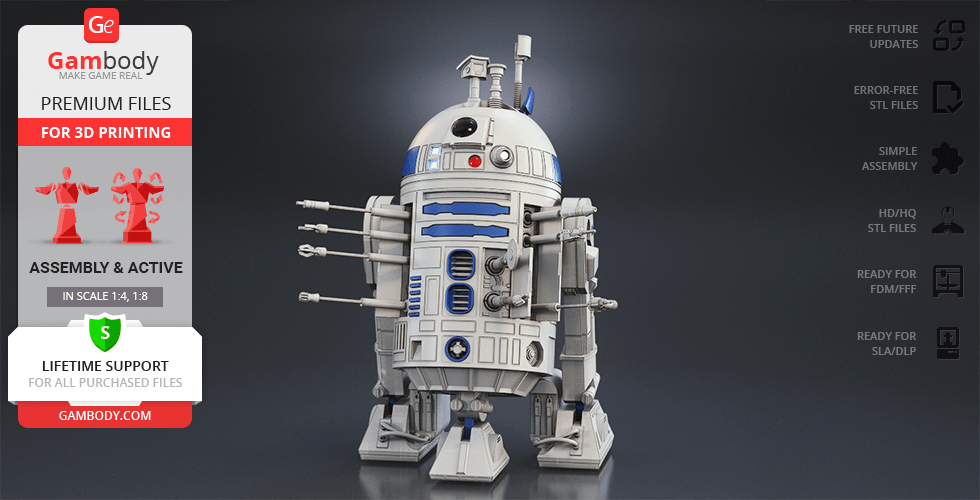
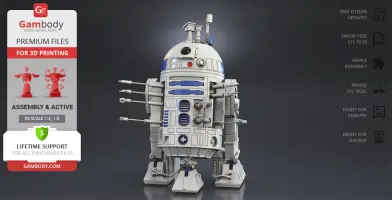
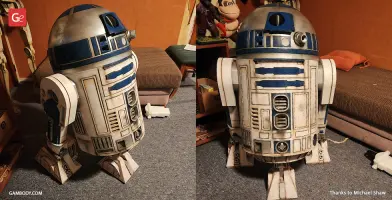
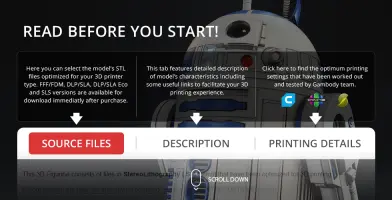
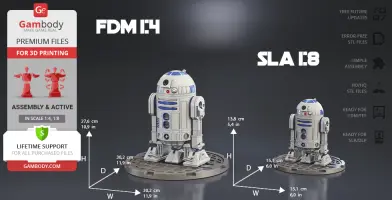

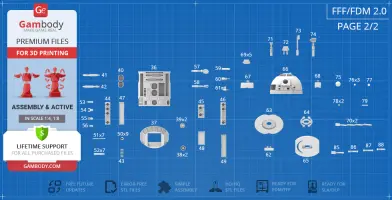
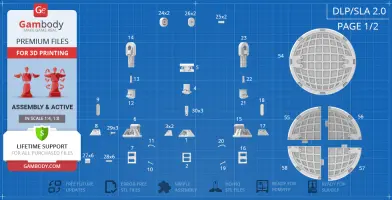
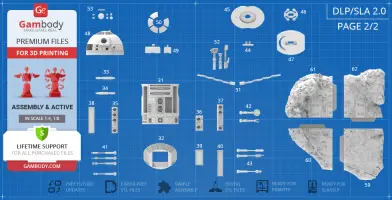
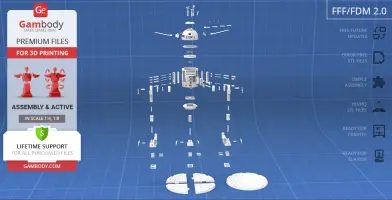
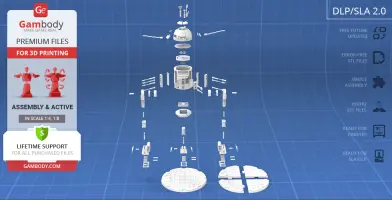
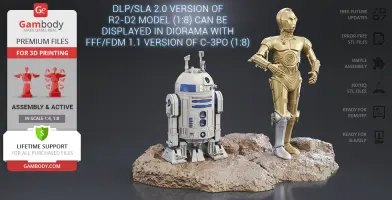
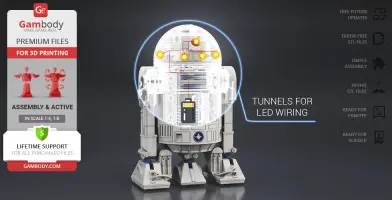
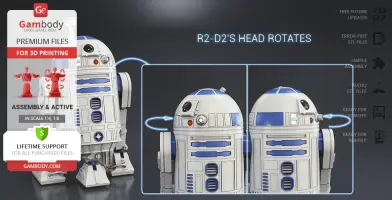
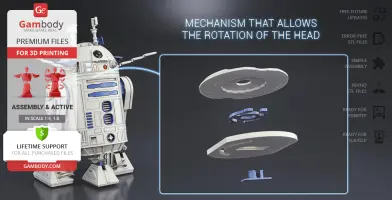
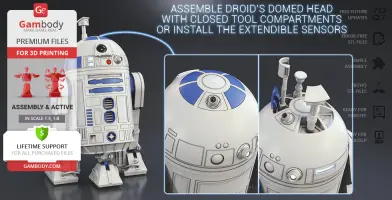
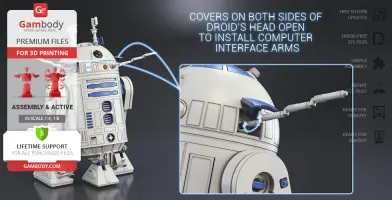
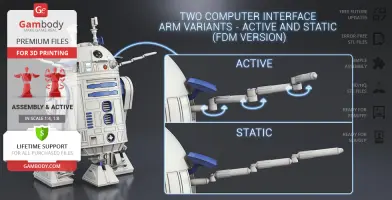
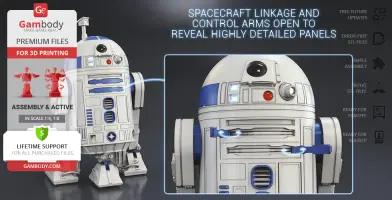
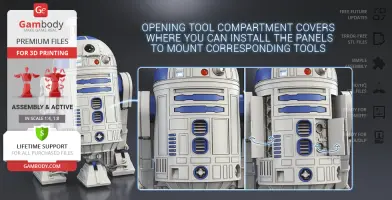
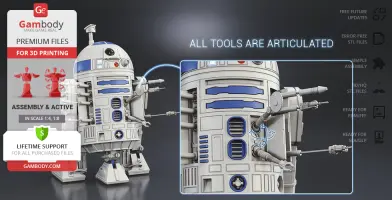
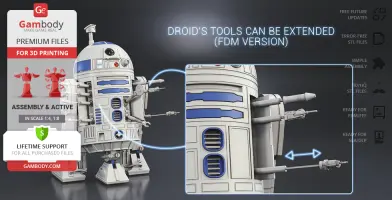
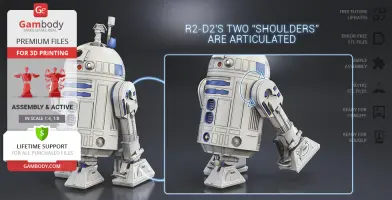
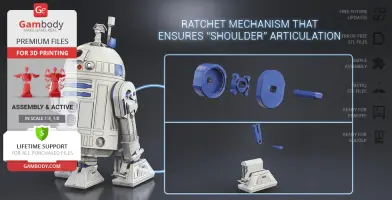
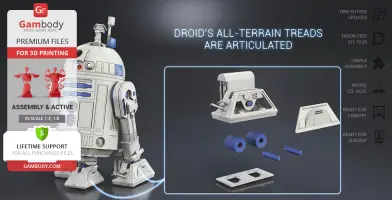
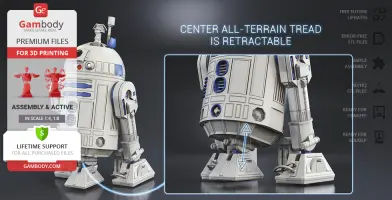
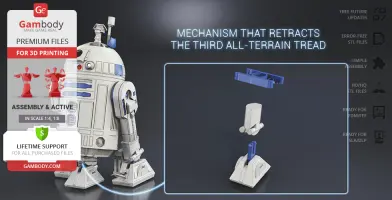
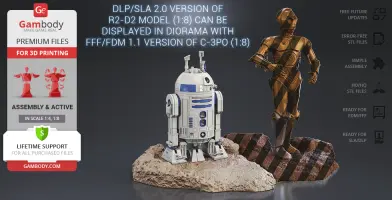
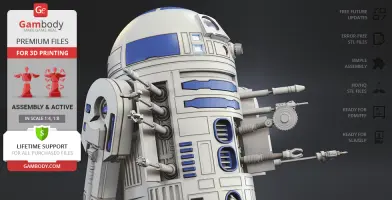
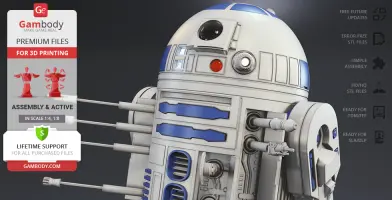
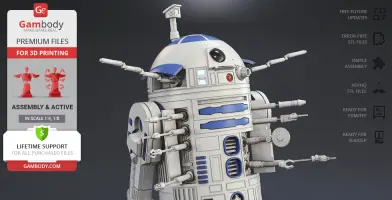
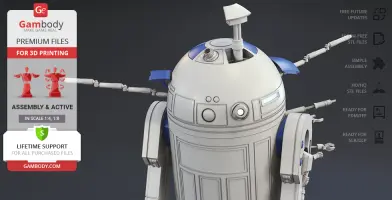
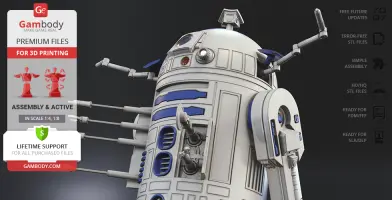
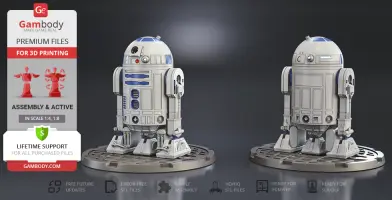
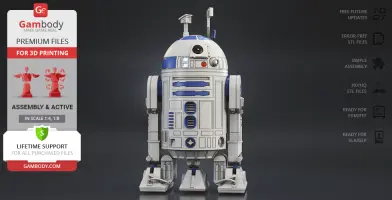
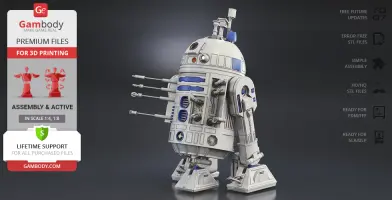
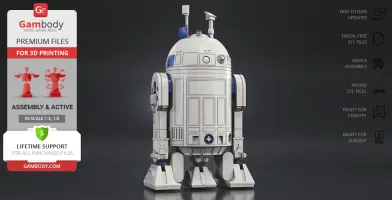
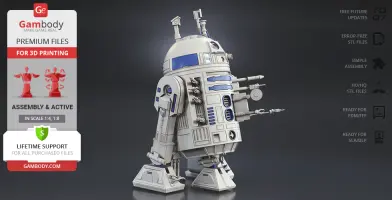
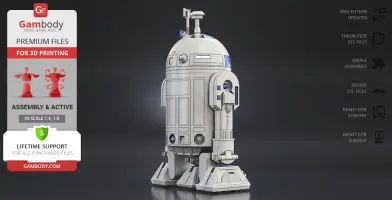
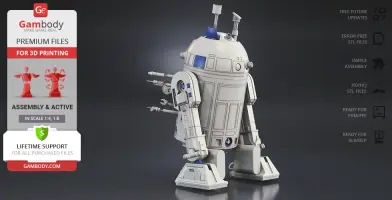
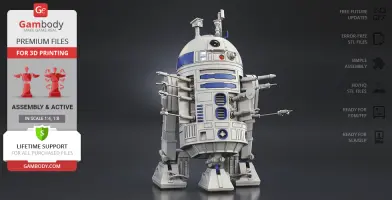
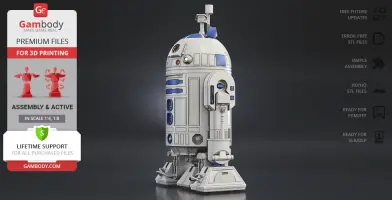
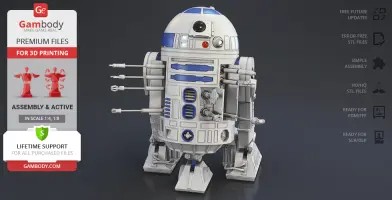
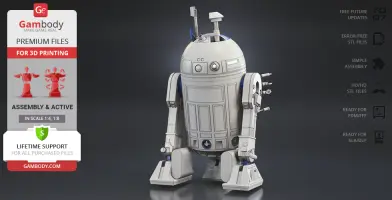

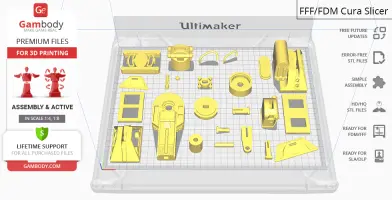
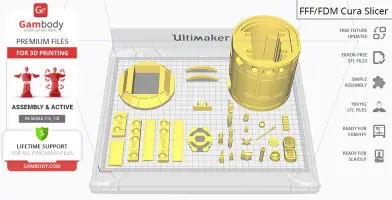
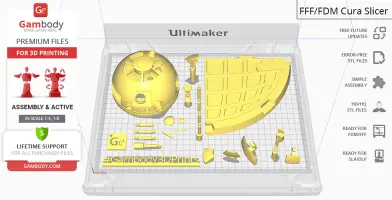
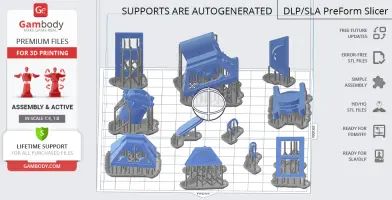

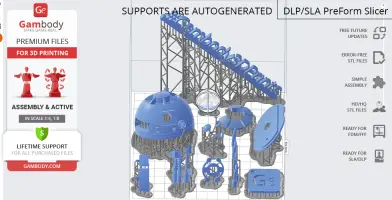

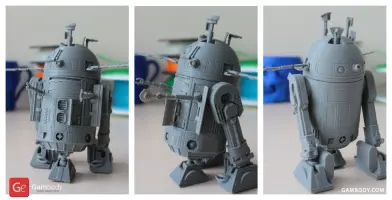
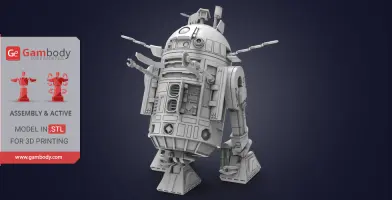

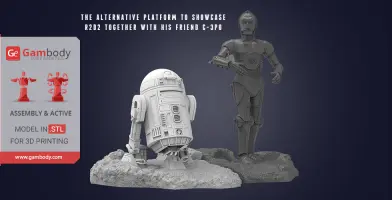
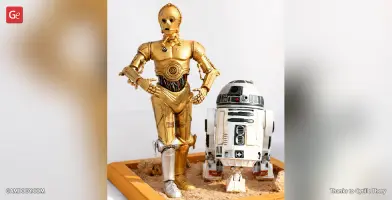
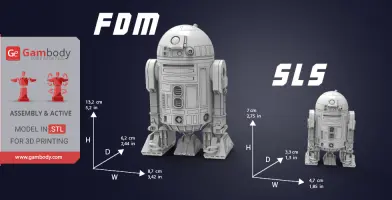
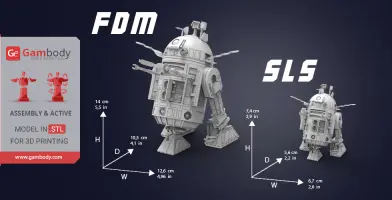
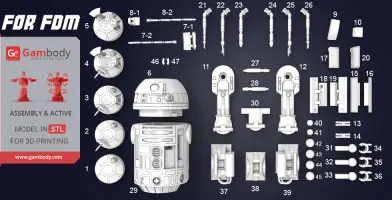
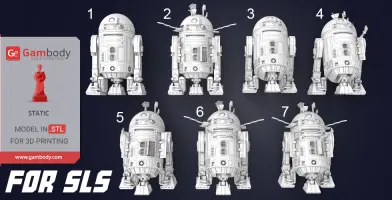
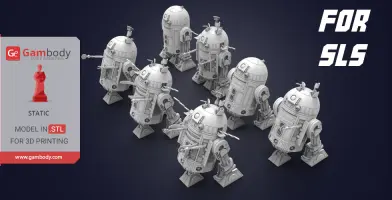
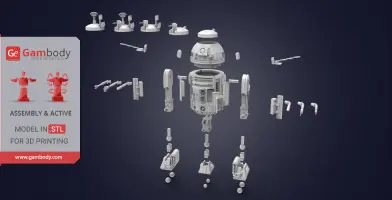
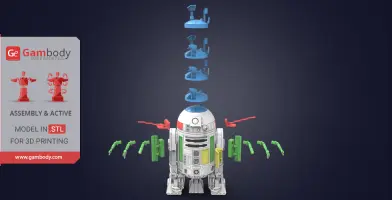
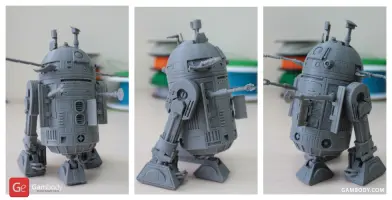
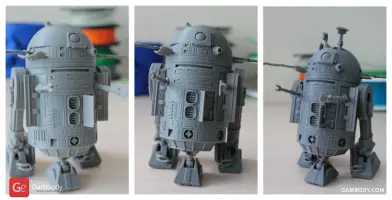
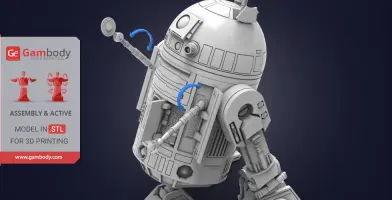
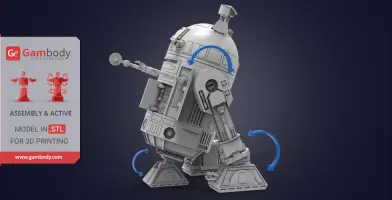
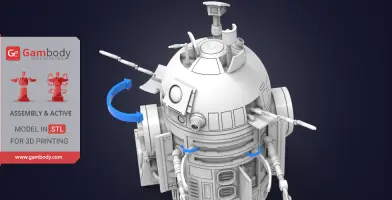
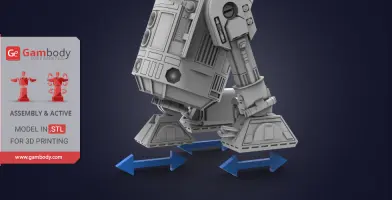
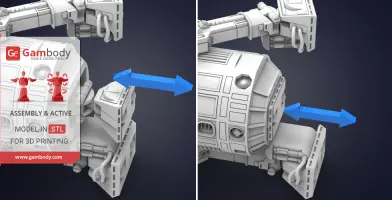
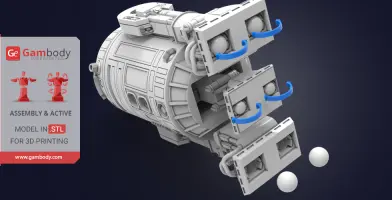
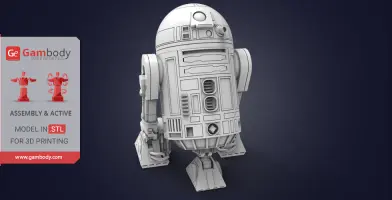
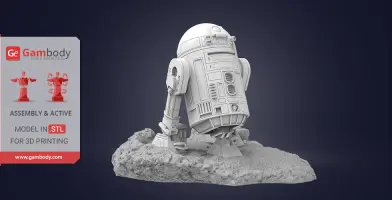
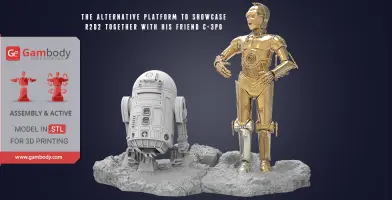
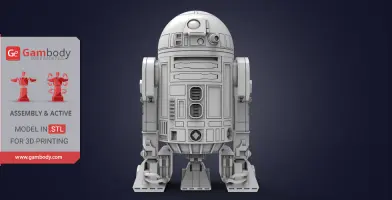
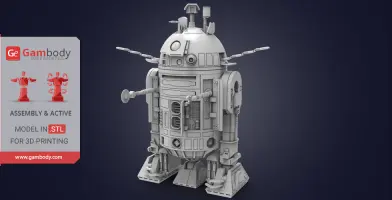
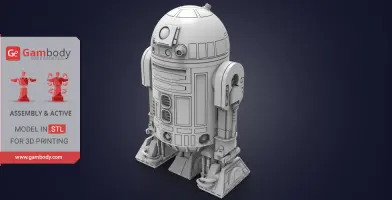
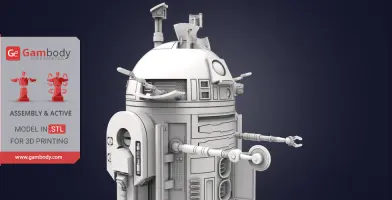

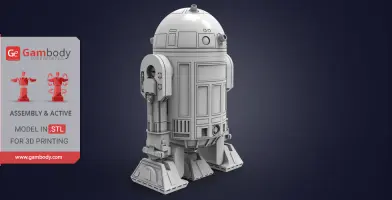

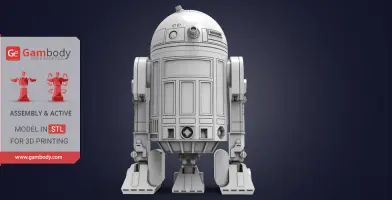
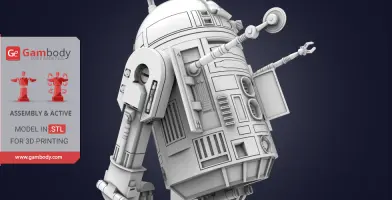
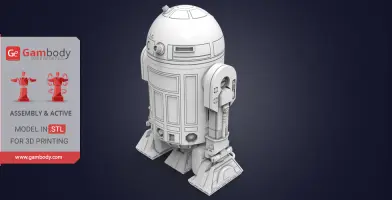
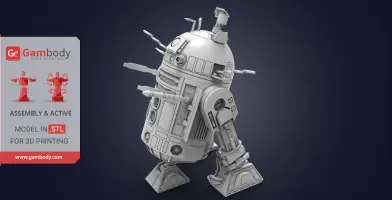

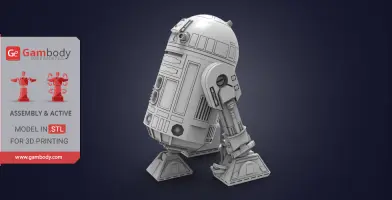
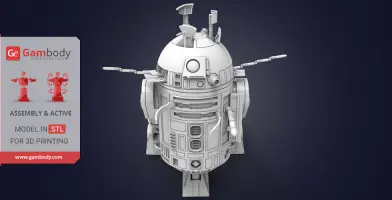
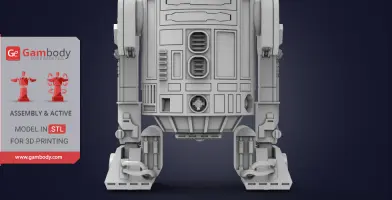
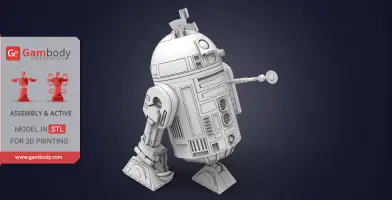
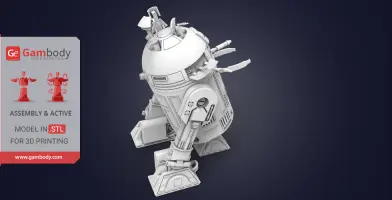
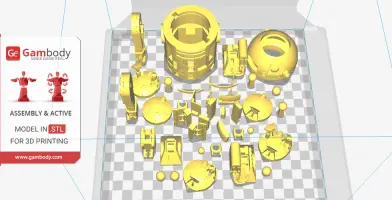
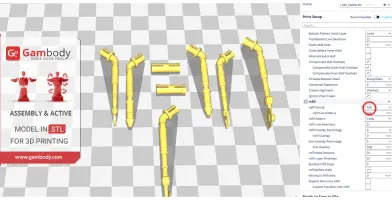
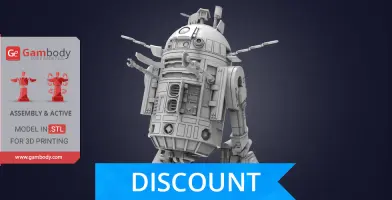


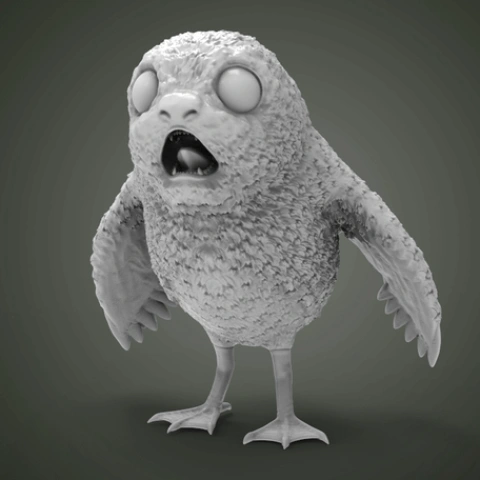
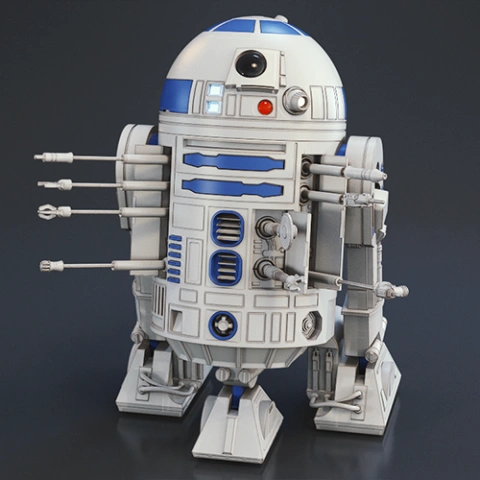
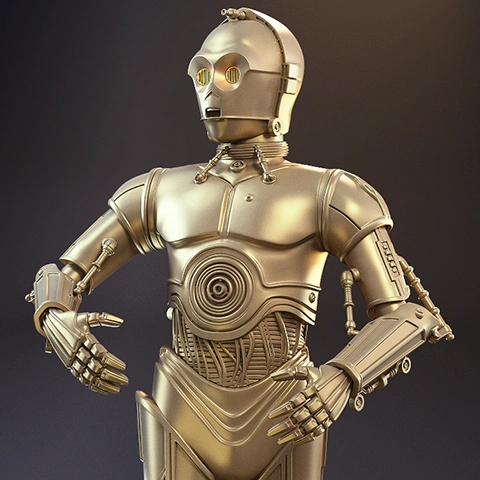
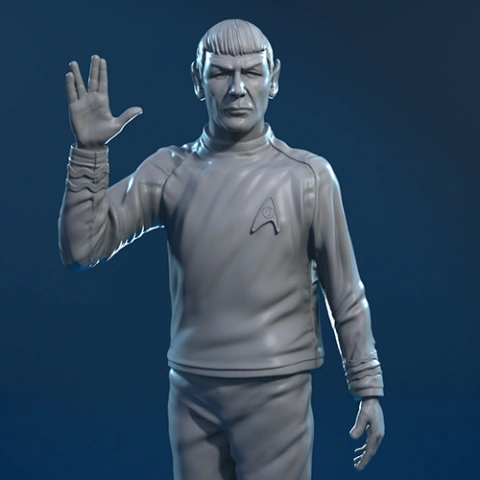
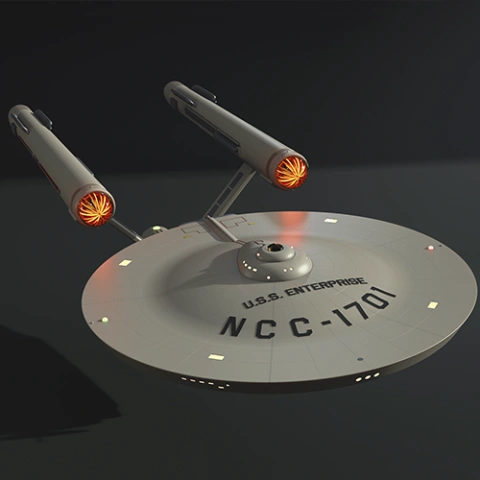
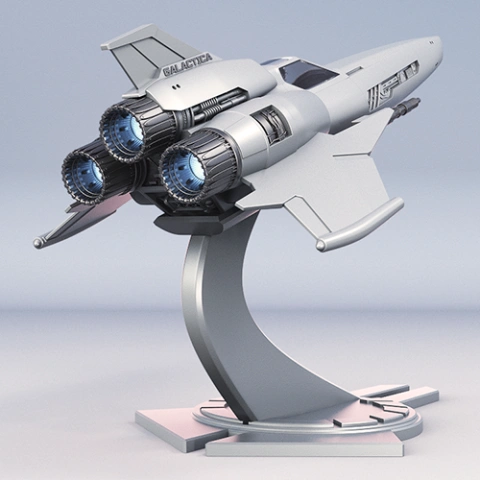

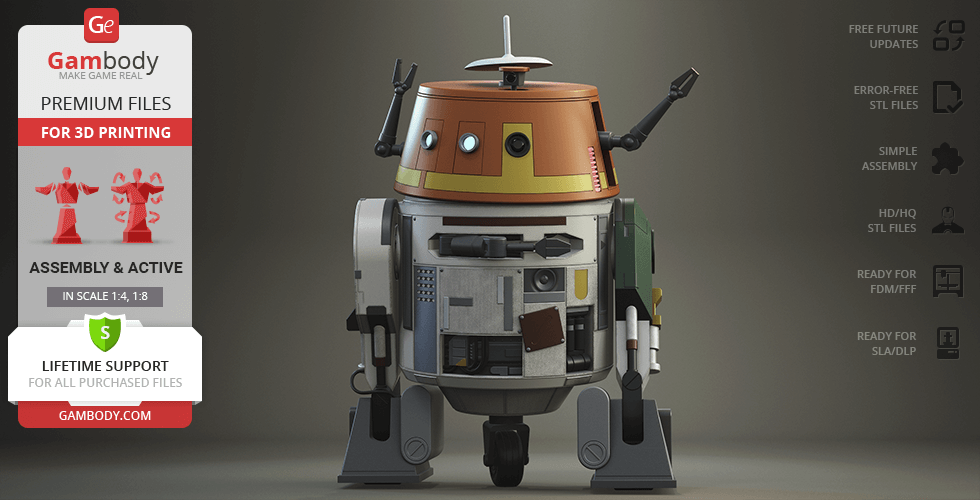
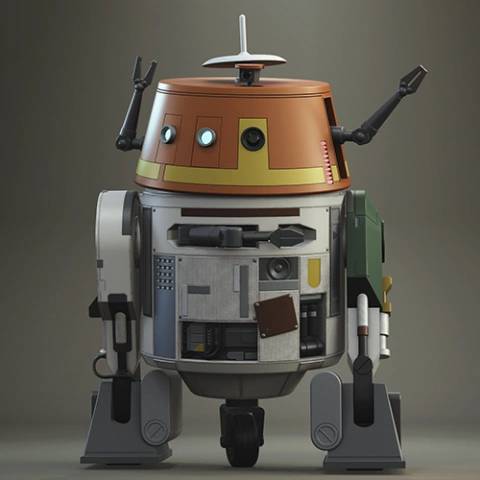


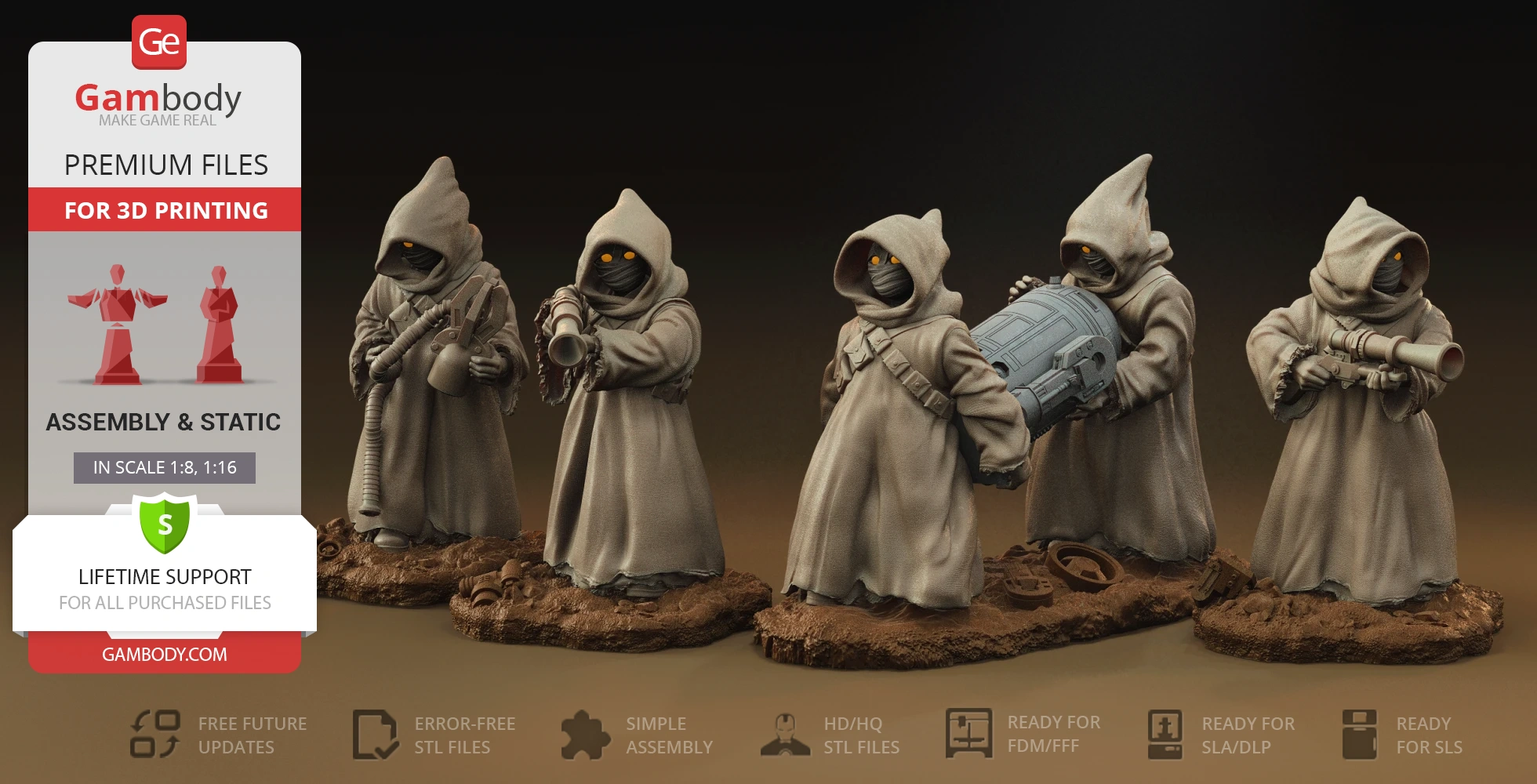
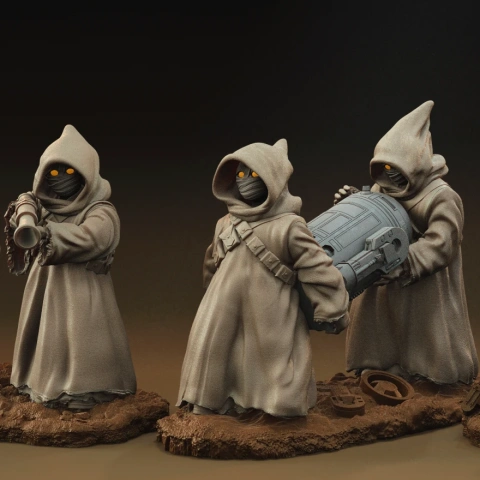
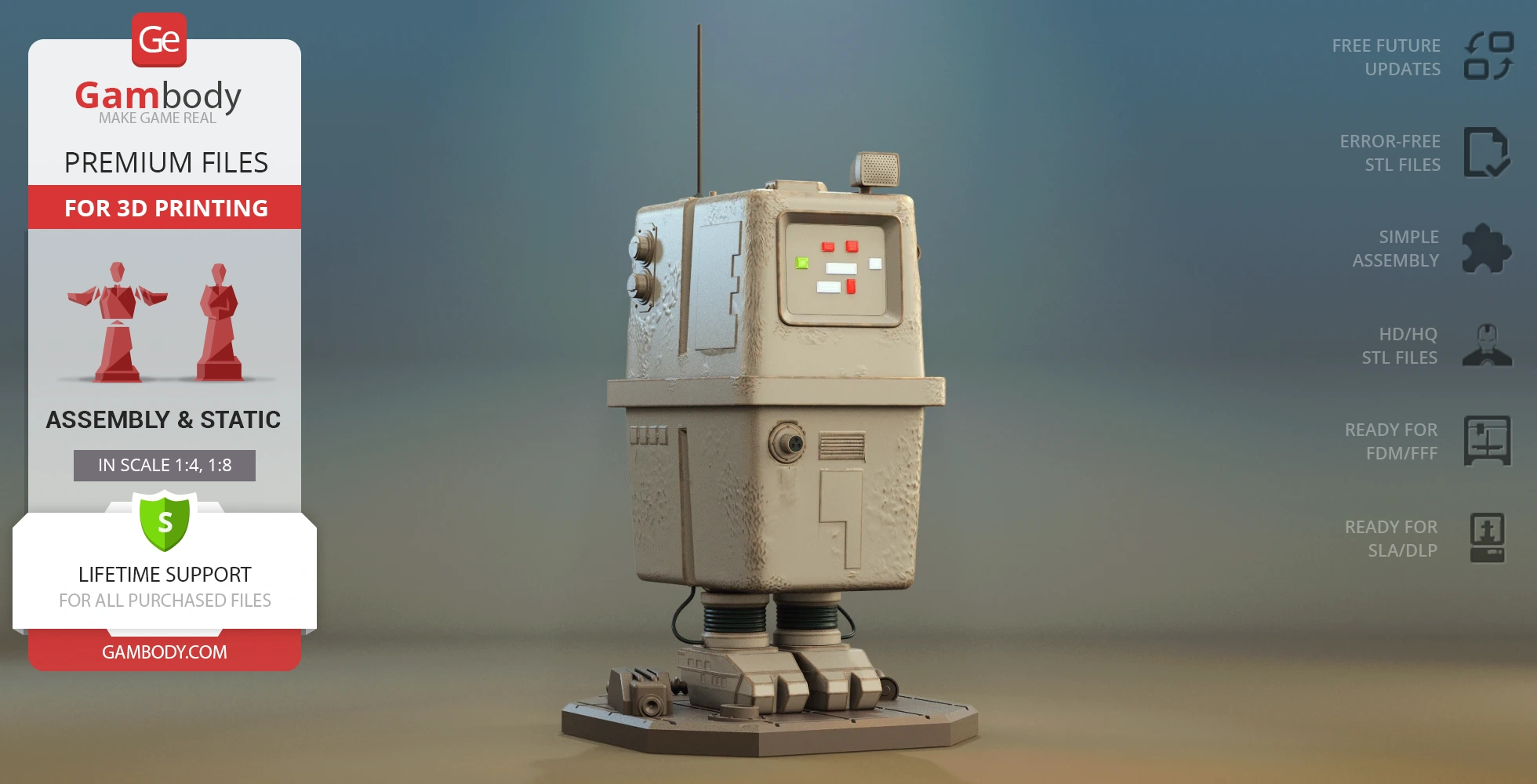
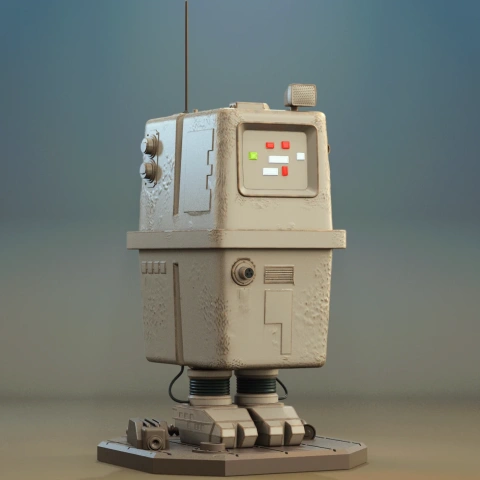
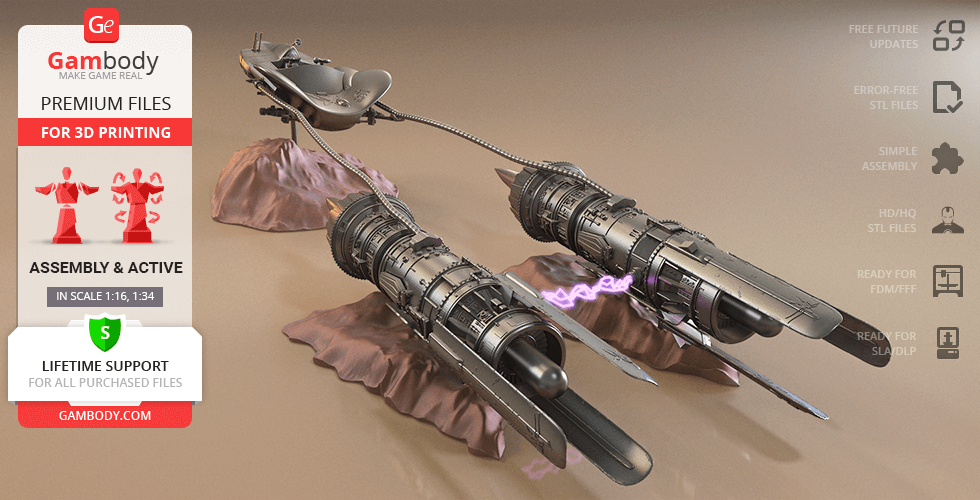
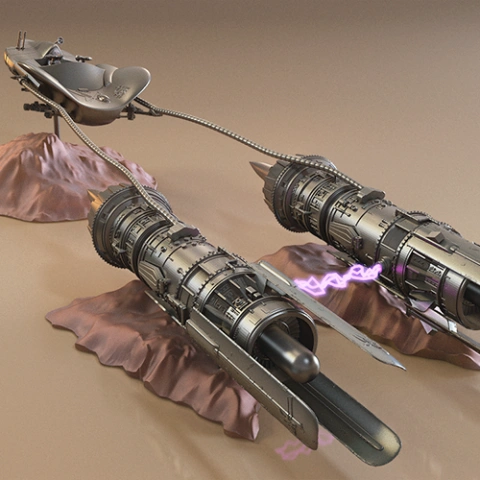
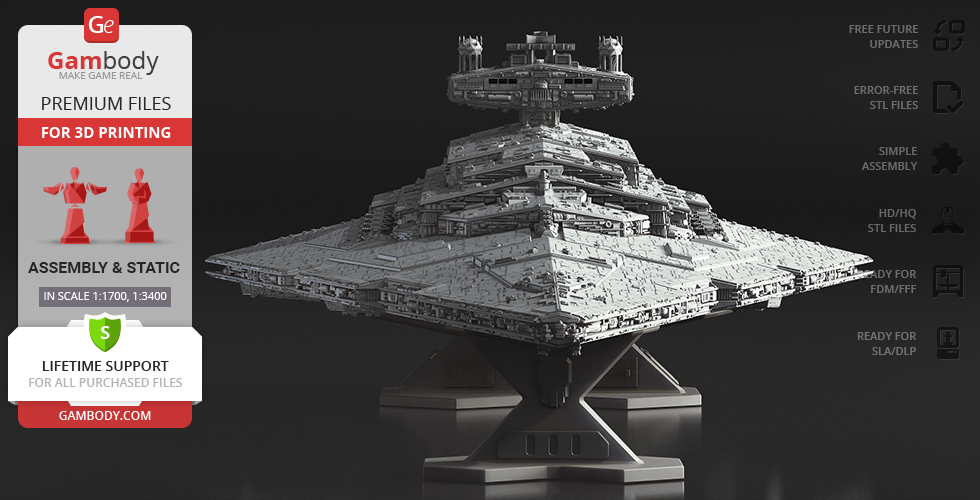
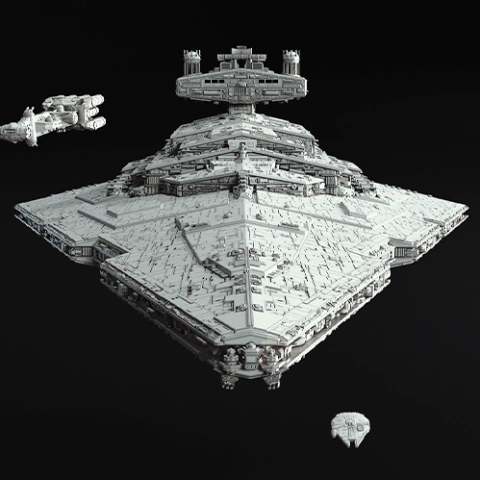
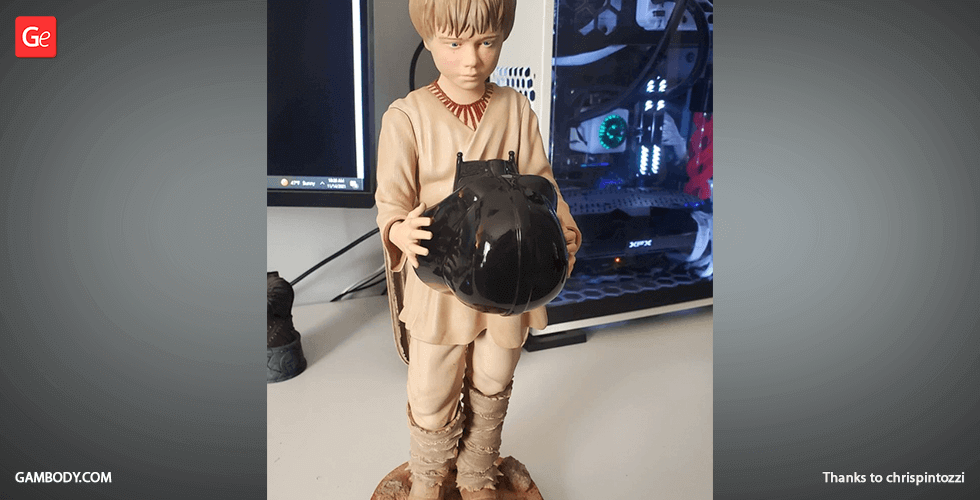
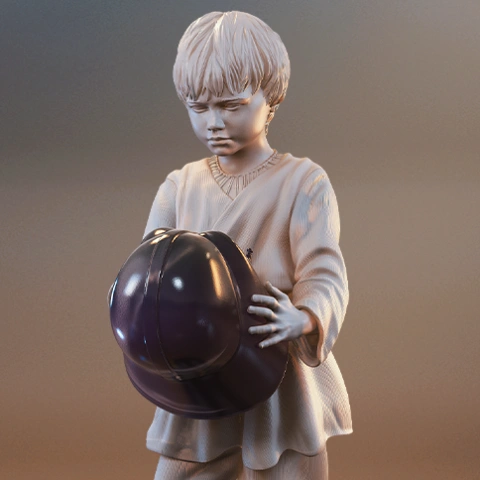
Comments